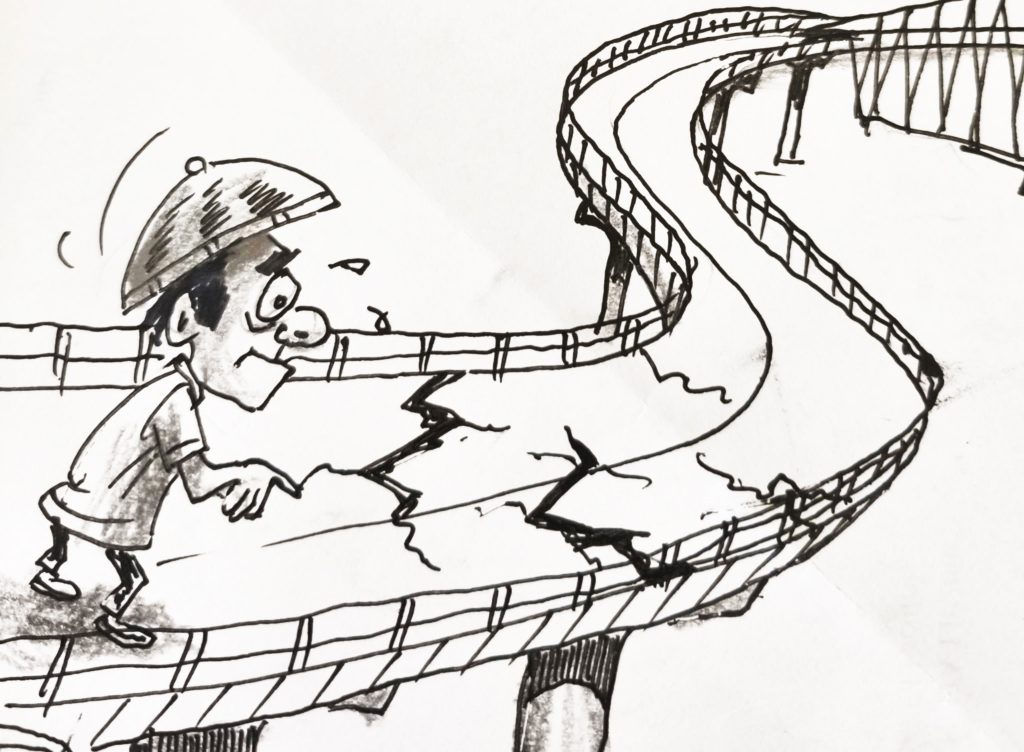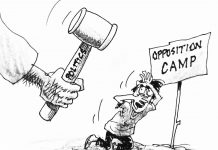The structural defects now affecting the San Juanico Bridge are causing serious disruption to mobility and public safety. That such a critical inter-island link has been reduced to a narrow passage for pedestrians while barring large vehicles from crossing is bothersome.
The San Juanico Bridge is not only a symbol of interconnection between Leyte and Samar but also a vital artery for commerce, emergency response, and daily transportation. The inability of trucks, buses, and heavy vehicles to pass through has stalled delivery of goods, delayed transport services, and endangered lives. Local businesses dependent on the regular flow of supplies are now forced to deal with logistical nightmares. Ambulances and fire trucks cannot cross with the speed and ease necessary during critical emergencies. What was once a smooth and strategic route has now become a bottleneck of human frustration and economic paralysis.
The discomfort does not end with transport inconvenience. Pedestrians are made to walk across the entire bridge span under the sun or rain, vulnerable to fatigue and accidents, while vehicles line up at both ends with no certainty of crossing. The psychological toll on workers, students, and families—especially those who must cross daily—is far from trivial. In the absence of swift and well-communicated remedial measures, the sense of abandonment grows. What adds insult to injury is the lack of clear, timely updates from the concerned government agencies tasked to ensure the safety and usability of such a crucial structure.
Given the San Juanico Bridge’s age and importance, preventive maintenance should have been long prioritized. Its current condition points to systemic neglect. Infrastructure of this scale and significance should never have been allowed to deteriorate to the point of jeopardizing the lives of thousands. Public works officials and engineering departments must be held accountable not only for delayed responses but also for the absence of foresight. A reactive stance is dangerous and inefficient. Proper inspections, timely reinforcements, and strategic overhauls must be institutionalized—not merely launched when crisis strikes.
Urgency must now define every step taken moving forward. No vague timetables, no sluggish bidding processes, no bureaucratic delays. The repairs must be accelerated, and safety must not be compromised for the sake of shortcuts. A comprehensive audit of the bridge’s structural integrity is needed, along with a long-term maintenance plan that guards against future disruptions. The bridge must remain not just a landmark of history but a functional and dependable path for every Filipino who crosses it.




